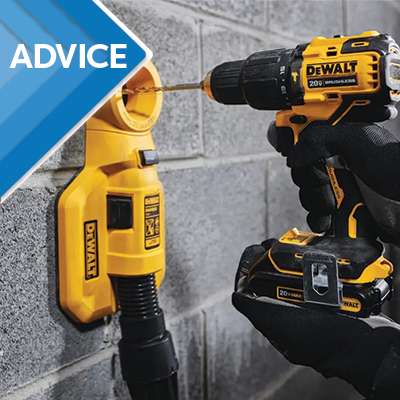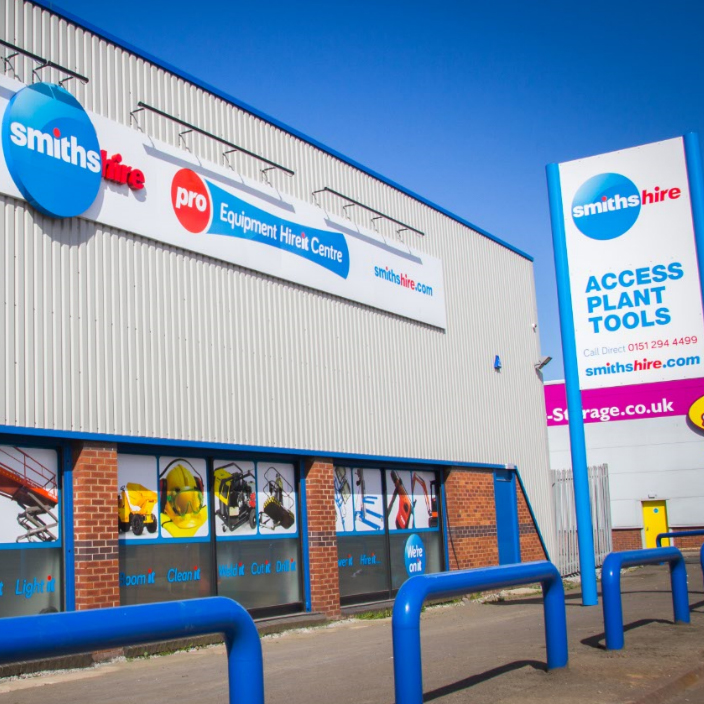A drill is one of the most versatile tools you can have at your disposal, and if you’re making one a permanent addition to your toolbox, then it’s a tool that should give you years of reliable service. If you’ve even done more than just a casual bit of DIY though, you’ll probably already know that today there’s a dizzying array of choice when it comes to drills – spanning from affordable, versatile DIY all-rounders, all the way up to more powerful and specialised tools with advanced features that make them ideal for heavy-duty commercial work.
The type of drill that you’ll need will be affected by a variety of factors, such as how often you’ll use and for what kind of tasks, as well as the types of material you’ll be working with. You’ll also need to think about whether there are any particular features or functions you’ll need, like a screwdriver function.
So, whether you’re looking at drill hire for a specific job, or you’re looking for a bit of guidance on what kind of drill to add to your individual toolbox, then we’ve got you covered!
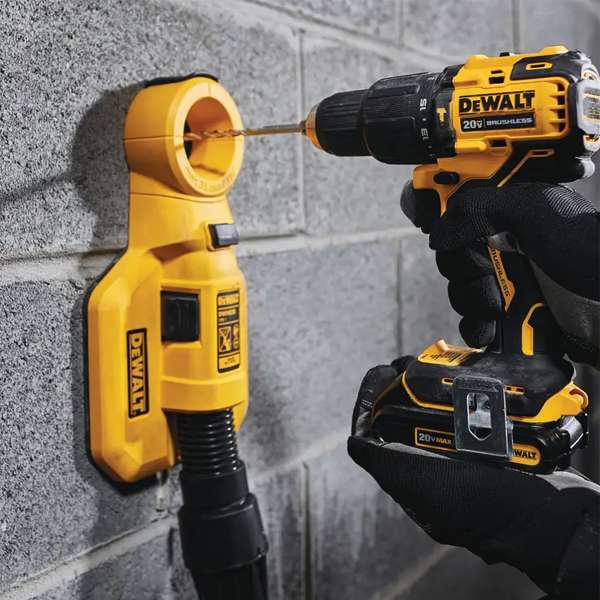
What drill do I need?
OK, let’s start with the biggest question – and possibly the reason you’re here in the first place. If you’re new to drills, then it can be difficult to know where to start when it comes to buying one. To help you narrow down your decisions right off the bat, it helps to ask a couple of key questions about what you’re going to use your drill for.
What type of materials or tasks do you have in mind?
It’s absolutely essential to match up the type of drill you’re using with the applications and materials you’ll be working with. Using the wrong type of drill can (in the best case scenario) make the job a whole lot more difficult, and in most cases you’re likely to risk damage – both to the material you’re working with, and to the drill itself.
So, to avoid that, here are a couple of our top recommendations!
Wood, metal or plastic
The tools in our cordless drill hire section are useful for a variety of tasks, including putting up shelves and curtain poles. Reliable and highly efficient, they’re the perfect choice for penetrating relatively soft materials, like wood, plastic and sheet metal.
Concrete, brick or masonry
For harder materials, you need something with a bit more punch – literally. And that’s where hammer drills come in useful. A hammer drill is exactly what it sounds like, using a repetitive striking motion to bore holes through tougher masonry materials, like brick, concrete and mortar, without risking damage to the drill.
Another tool with enough power for heavy materials is the core drill. Core drill hire is also typically the go-to choice for professionals who need heavy-duty tools for tougher commercial jobs, like boring large holes for pipes. Core drills are notably large, particularly powerful, and generally not handheld, so they tend to be using in plumbing and infrastructure.
Do you want a screwdriving function?
This is a question that it’s worth asking at an early stage, especially if you’re planning on using your drill for DIY jobs like putting up pictures or installing shelves. If you think you will want a screwdriving function, then it’s worth being on the lookout for a drill that has variable speed or torque control, and has a reversible action too – enabling it both drive in and remove screws.
Does it have the drill bits that you need?
As well as choosing the right drill for the job at hand, you’ll need to make sure you equally choose the right drill bit. In case you need a quick refresher, the drill bit is the cutting tool that’s attached to the rotating element of the drill, and using the correct one is essential for efficiency, accuracy, and safety.
Basically, the drill bit ensures quick, effective drilling through various materials without risking damage or injury. It makes it easier for you to maintain a high standard of work, so you can easily make clean, precise holes for construction, woodworking, metalworking, and other tasks. Also worth noting – it prevents premature wear on both the bit and the drill itself. With all that in mind, it’s important not to overlook it!
Two top tips from the team at Smiths Hire
Tip #1 – don’t forget about comfort!
When you’re choosing your drill, it’s a good idea to make sure that the grip feels comfortable to hold. You’ll also need to assess the weight of the drill and the battery (if it’s a cordless design). Ideally, it shouldn’t be so heavy that fatigue will become a problem when you’re using it.
Tip #2 – make sure that you select the right torque setting
The torque setting can be easy to overlook if you’ve not yet had a lot of drilling experience – we’ll explain a bit more below, but essentially, if you notice that a screw hasn’t been fully driven home, but the chuck and screwdriver bit have still stopped, then that’s a good indication that you need a slightly higher level of torque.
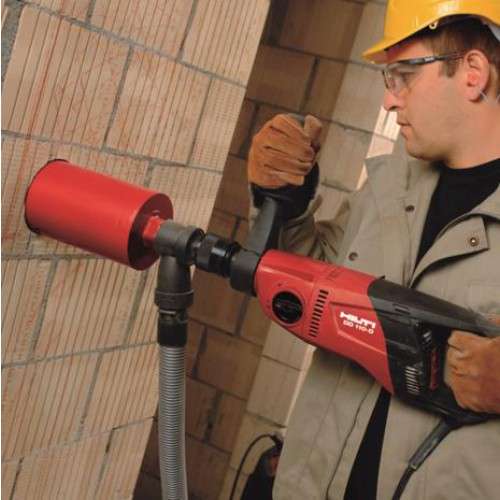
Corded or cordless?
The main difference between corded drills and cordless drills lies in how they are powered. As you’d expect, a corded drill draws its power from being plugged into the mains electricity supply, while a cordless drill relies on a built-in battery.
We supply both corded and cordless drills here at Smiths Hire, but we understand it’s not always easy to make a clear-cut decision between them! So, here’s what you need to know.
Cordless drills
Cordless drills tend to be the go-to for DIY jobs, and with plenty of good reasons! The main appeal of cordless drills lies in their ease of use – they’re highly mobile, typically lightweight (even accounting for the weight of their efficient lithium-ion batteries), and they’re comfortable to use over a long period of time. All that generally makes them highly versatile too, even though they’re often not quite as powerful as their corded counterparts. They do require a bit of careful battery management, but they can generally be fully recharged in an about an hour, which should be more than enough if you’ve not got the time pressure associated with most commercial jobs.
Pros:
- Portable and highly mobile
- Convenient and easy to use
- Lightweight and ergonomic
- Relatively quick to recharge
Cons:
- Less powerful (less torque and lower speeds) than their corded equivalents
- Battery life can slow down completion of longer, larger-scale jobs.
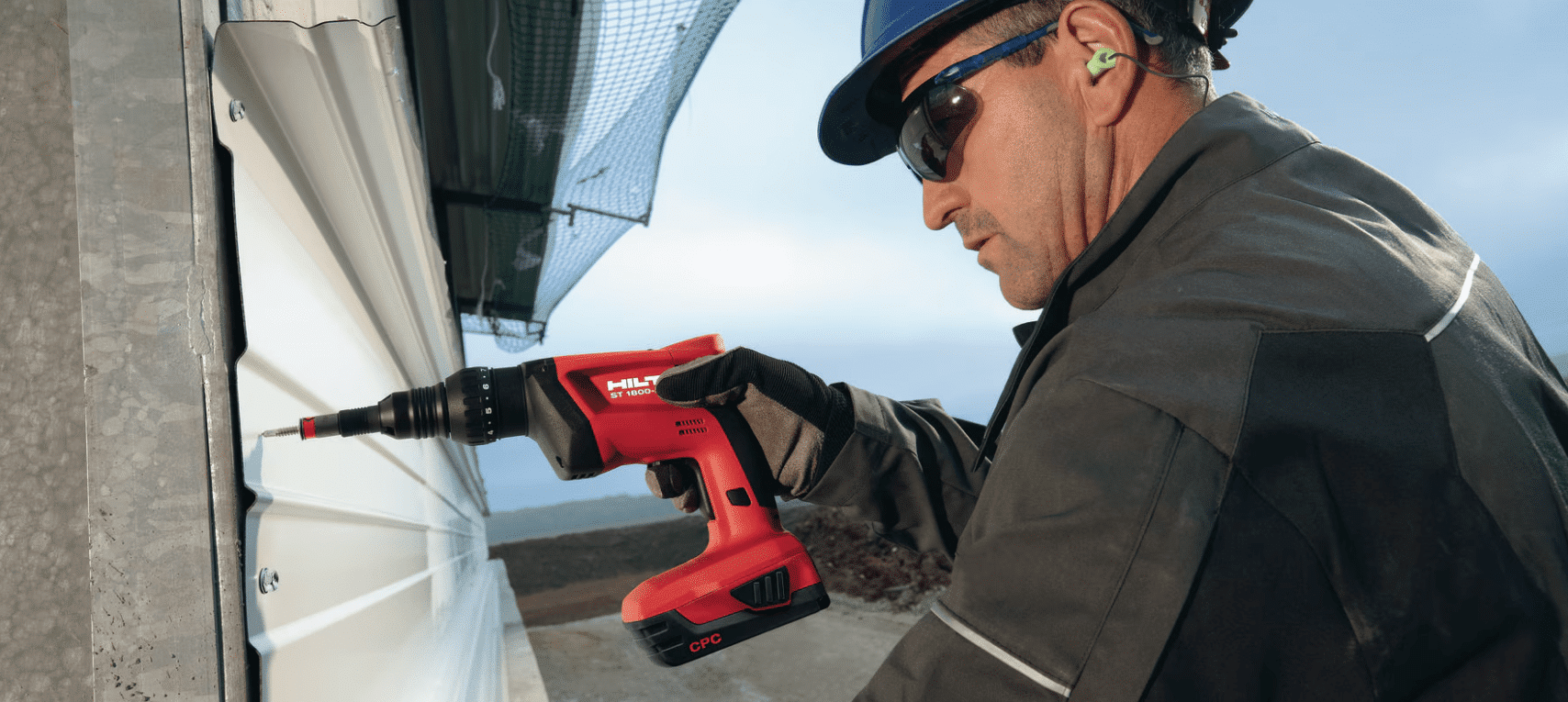
Corded
Corded drills are notably more powerful than cordless drills, but there’s obviously a trade-off – you’ll need to plug it into a power source, which means you’ll need easy access to either a plug socket or an extension lead, and it’s true that they are a bit heavier to hold. Those are amongst their very few drawbacks though – once they’re plugged in, you can enjoy greater power and torque, and the ability to easily tackle tougher materials like metal, masonry and stone. What’s more, they boast a greater torque and higher speed than cordless drills, which can make them more precise.
Advantages
- More powerful than cordless drills, with a greater torque and higher speeds
- Lack of battery means there’s no limits on how long they can be used at a time – perfect for longer or more intensive tasks
- Most corded drills have two handles, so they’re ideal for heavy-duty jobs
Disadvantages
- Mobility reduced by their requirement to be near a plug socket, or use an extension lead
- Some may be larger and heavier to handle and hold, which can result in greater possibility of fatigue on exceptionally long jobs
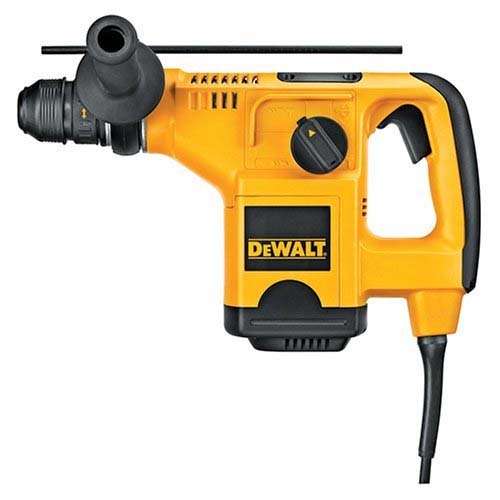
Key drill features and terminology
When you’re doing research in preparation to buy or hire a drill, you’ll probably see a lot of key terms being thrown around, especially in regard to core features on lots of modern drills. Here are some of the most crucial key phrases you might encounter, and what they mean!
Chucks
Besides being an old-school Northern term of affection, a chuck is a device on the head of a drill which accommodates drill bits, and potentially a variety of other accessories for drilling, screwing, and sometimes even mixing. The chuck is simply tightened and loosened to affix, release or secure the drill bits.
There are three main types of chucks: keyed, keyless, and hybrid.
- Keyed chucks require a key to be loosened and tightened
- Keyless chucks don’t need a key, instead being loosened and tightened by hand (normally by twisting)
- Hybrid chucks, as the name would suggest, combine characteristics of the two, automatically tightening around the drill bit, but also featuring a keyed element to provide more grip and torque support.
Variable Speed
The drill speed is measured in RPM (revolutions per minute), and is sometimes referred to as the “no-load speed”, so called because it’s how fast the drill would be if you were to just let it rotate freely, without applying it to any surfaces.
The average drill RPM is around 1000. Some cordless drills can range from 500 to 2000rpm, whereas corded drills can often operate at speeds of up to 3000rpm. Lots of drills only have one speed, but others offer the option to alter their speed meaning you can tailor it to the task and material you’re working with. That can greatly increase their versatility, making them useful for drilling into a range of wider materials.
Harder materials like metal tend to require higher drill speeds, whereas lower speeds will do just fine for softer materials like wood – especially as lower speeds can also help you maintain control.
Torque
Torque represents the rotational force generated by a motor, and is measured in newton meters (Nm). Essentially, it’s the twisting power needed to overcome resistance – in that way, it’s often likened to a variable clutch setting. Using too much torque can lead to excess power, resulting in loss of control and accuracy when you’re drilling (not only does that risk making a mess of the job, but it can even pose a physical risk for the user, too.)
For small drilling tasks, lower torque will generally do just fine, while higher torque is often required for heavy-duty tasks. Keeping an eye on your torque settings is crucial for maintaining optimal performance and the best results when you’re drilling, especially with if you’re tackling various materials and tasks.
Drilling capacity
Drilling capacity is the maximum diameter a drill bit can be accommodated by the chuck. It directly correlates with the power of the drill – generally, drills with higher power can handle larger drill bits, resulting in the ability to drill larger diameter holes. This capacity varies depending on factors such as the drill’s power, the size of the drill bit, and the type and density of the material being drilled into.
Reverse function
There are plenty of drills that only rotate forward in one direction, but there are others that offer a reverse function as well. Drills that have this capability are able to operate in both clockwise and anti-clockwise directions, making them handy for jobs like removing tricky screws, or backing out of holes that have been newly drilled into walls.
Power ratings
Power ratings are measured differently, depending on how they draw their power.
Battery-powered cordless drills are measured in volts, ranging from 7.2V to 54V. Meanwhile, corded electric drills are rated in watts, spanning from 450W to 1900W. A higher voltage or wattage is directly tied to higher power levels, enabling drills to tackle heavier tasks. Drilling into hard materials like concrete, for example, will naturally draw more power than penetrating a softer material like wood, so it stands to reason that tougher materials will need drills with higher power ratings.
Depth stop
A depth stop isn’t the most obvious feature on a drill – it consist of a metal rod that points out over the top of the drill’s chuck and drill bit. You can adjust this to set the depth of the hole you want to drill. The way it works is simple, but clever – when you reach the specified drill depth, the metal rod makes contact with the surface you’re drilling into, which prevents you from going any deeper than you want to. It’s a highly effective way to get the job done in complete peace of mind.
Dust extraction
Dust extraction definitely isn’t a standard feature on most drills, but it’s particularly handy when it comes to drilling into drywall, ceilings, or hard masonry materials. Essentially, it vacuums up the dust that gets generated as you drill, both helping to keep the immediate environment clean, and (crucially) minimising the potential risks of breathing in the dust particles.
Motor type
Drills can have a brushed or brushless motor. The main difference between them is in the way the drill shaft is spun. As the name suggests, a brushed motor uses small metal brushes, whereas a brushless motor utilises an electronic circuit board and sensor. As a result, there tends to be less friction and heat build-up in a brushless motor, which can give the drill better torque control and faster speeds. Brushless motors tend to be standard on most newer drills.
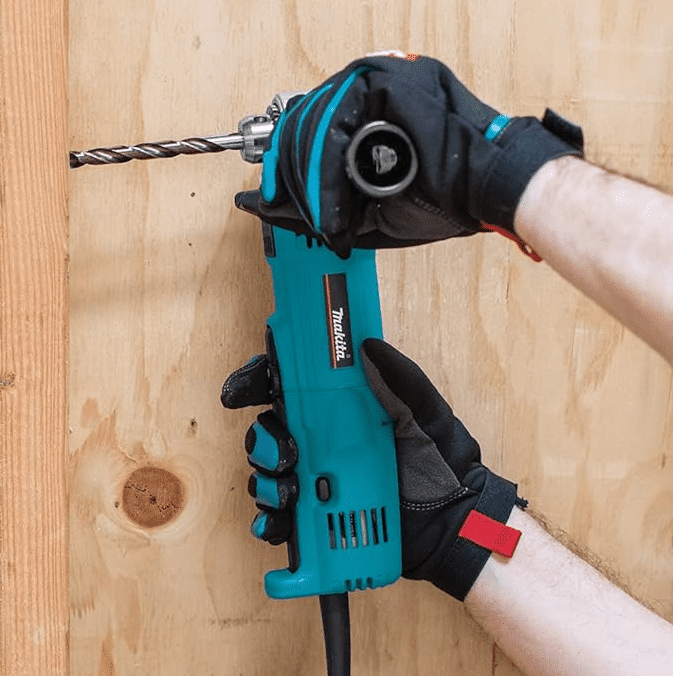 That’s all the essential elements covered! If you’re ready to hire a drill today, you can check out our full range over on our drill hire section. Alternatively, if you ever have any questions or need any advice on something we’ve not touched on above, don’t hesitate to get in touch with our team – you can contact us via the form on our site, or talk to us directly by giving us a call on 0333 323 2100, or emailing us on salesoffice@smithshire.com. We’re here to help!
That’s all the essential elements covered! If you’re ready to hire a drill today, you can check out our full range over on our drill hire section. Alternatively, if you ever have any questions or need any advice on something we’ve not touched on above, don’t hesitate to get in touch with our team – you can contact us via the form on our site, or talk to us directly by giving us a call on 0333 323 2100, or emailing us on salesoffice@smithshire.com. We’re here to help!

 SPEAK TO US
SPEAK TO US
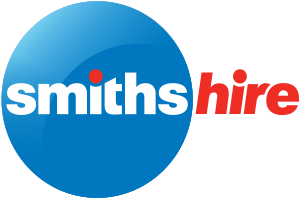
 My Account
My Account


